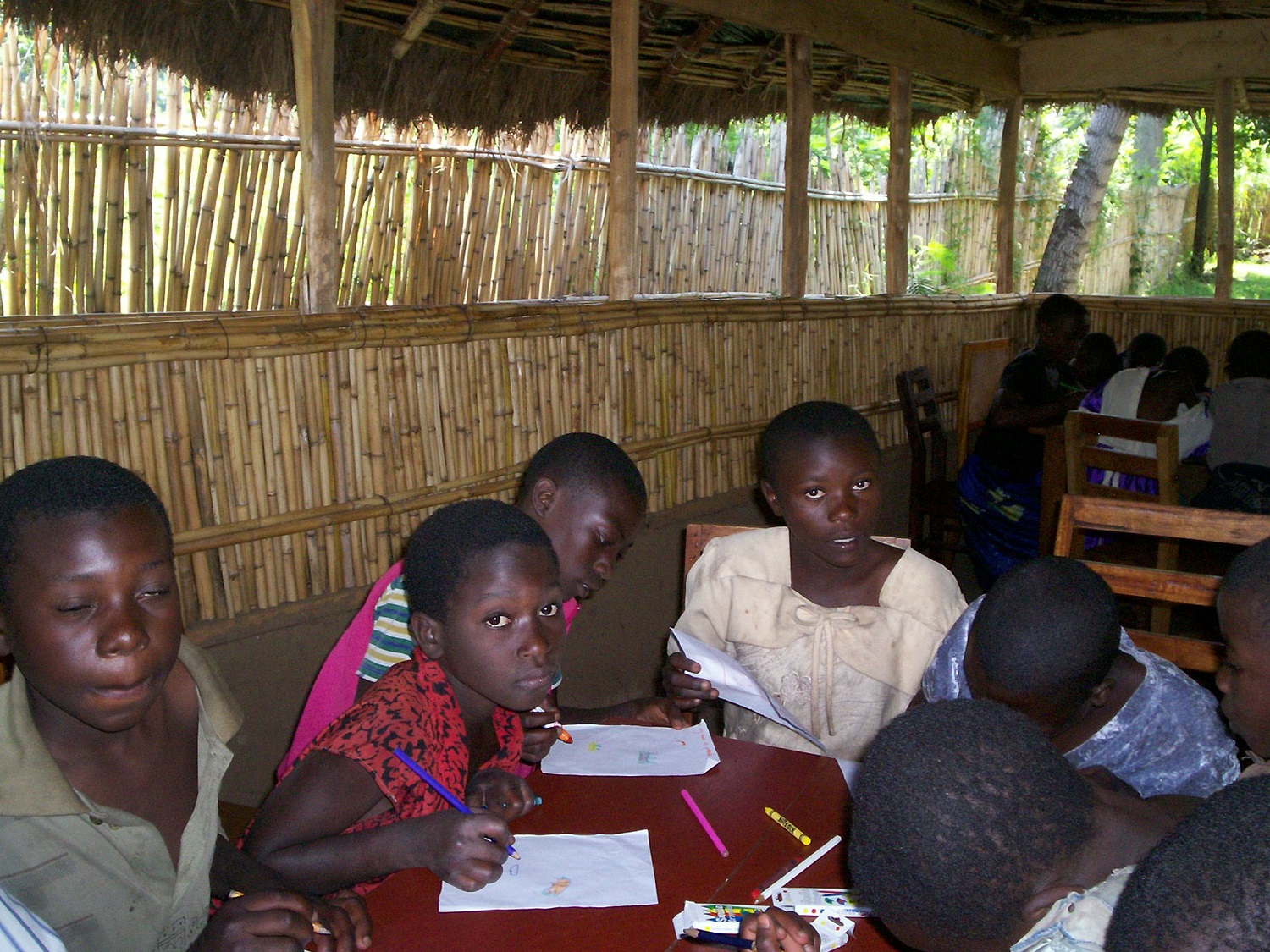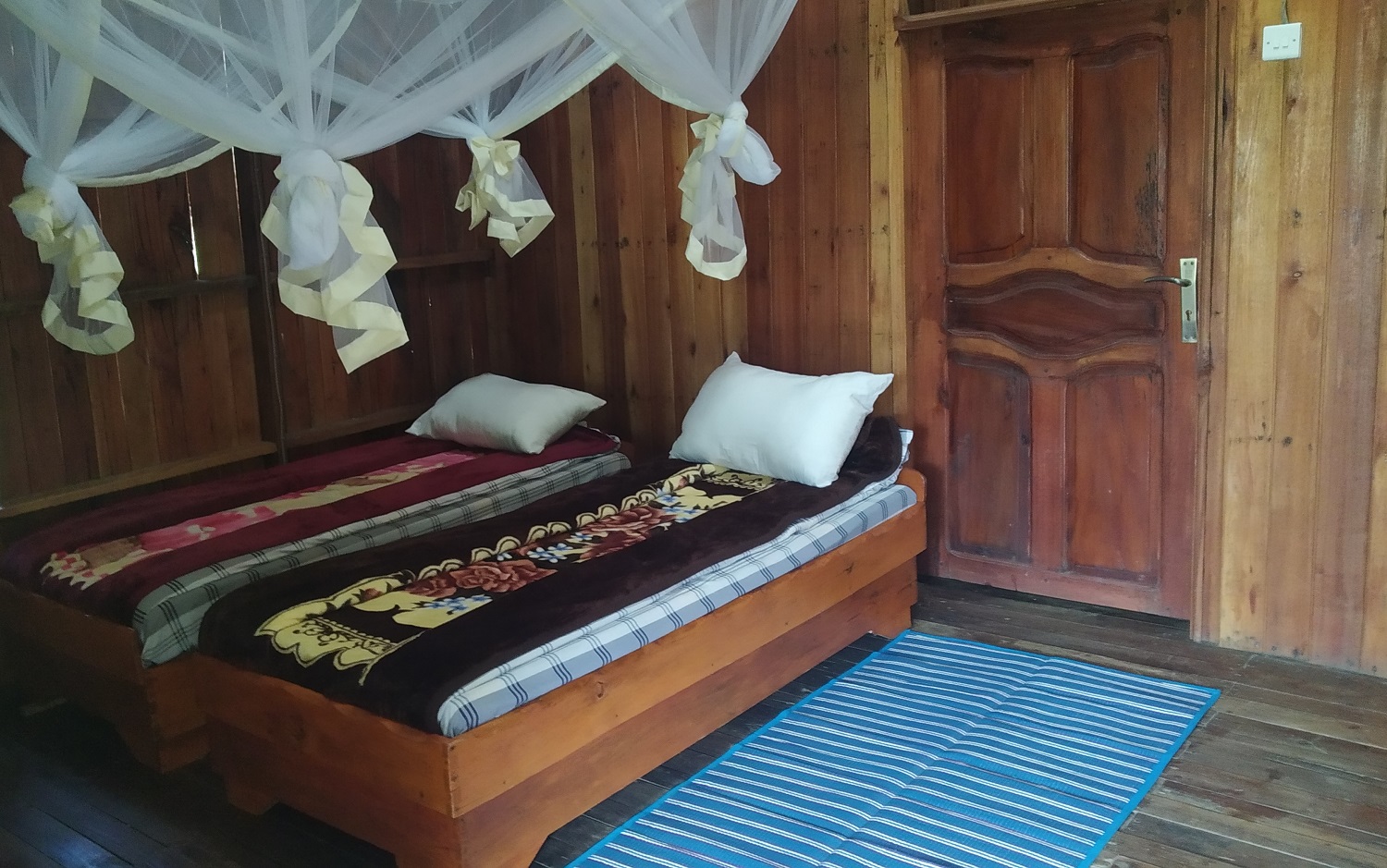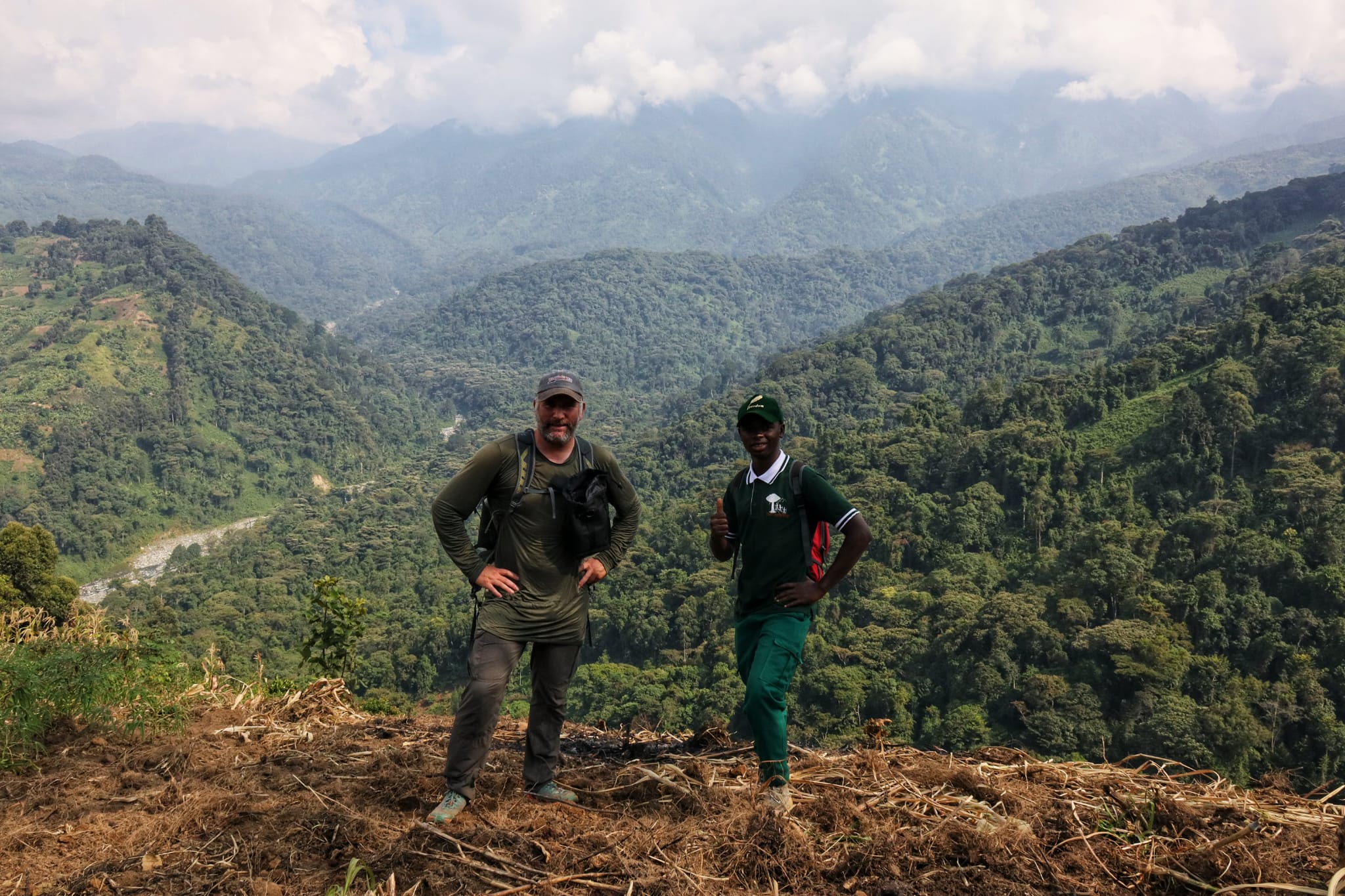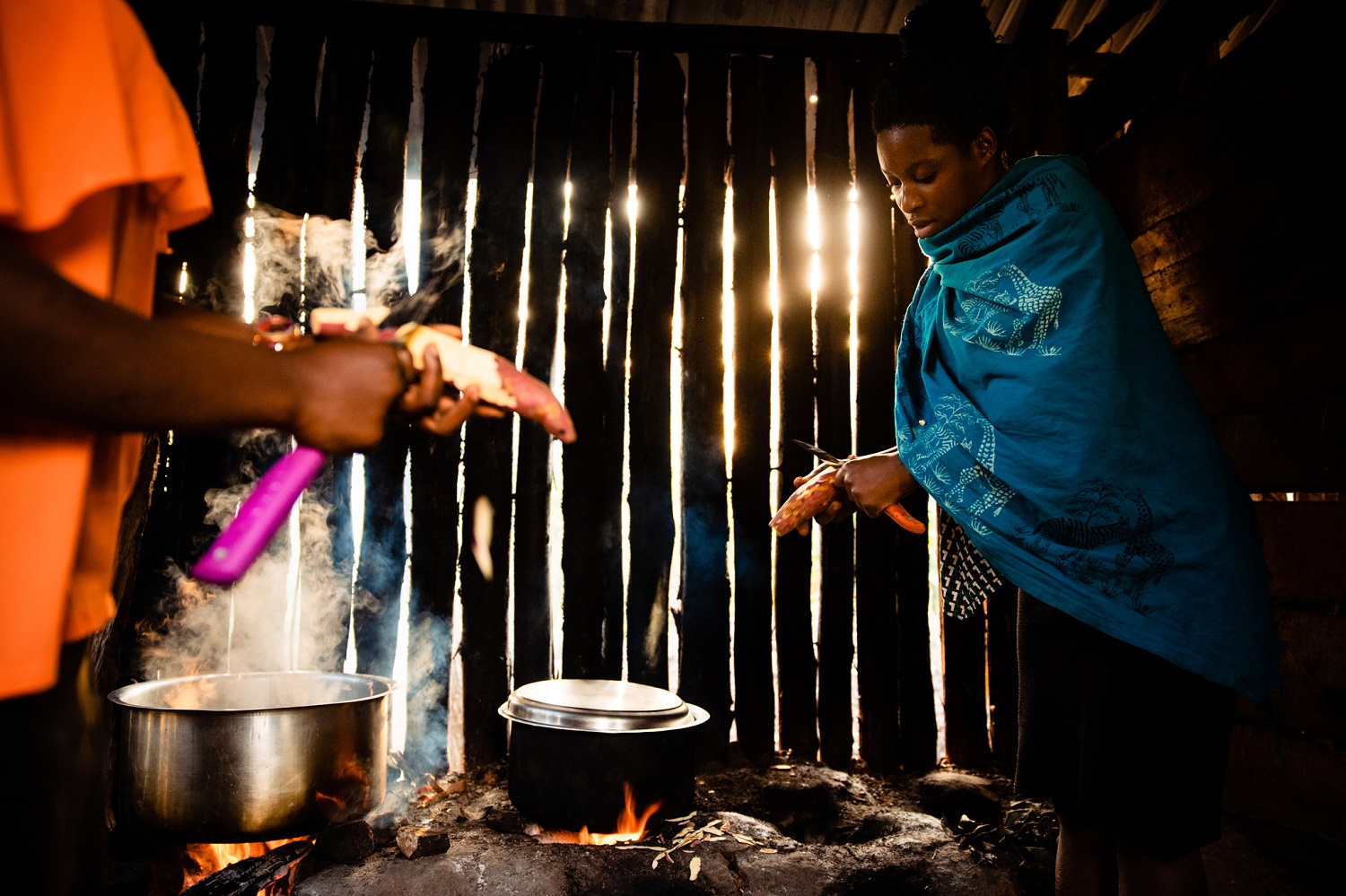The impacts of climate change and rapid population increase in the Rwenzori region have considerably increased the level of need in households. In this rural community, tourism is being used as a sustainable way of facilitating education and other alternative livelihoods. We use some of the tourism income and partnerships to sponsor local children’s education. As the pioneer for sponsoring local children, the Ruboni child sponsorship project has seen hundreds of children able to go to school. This has resulted in facilitating alternative livelihoods in their households when they have completed and got decent jobs. The main goal is to eventually reduce household poverty, suffering, and over-depletion of the local natural resources for subsistence survival
Ruboni Community Conservation and Development Program (RCCDP) was established in 1998, to encourage local community participation in environment conservation with an aim of benefiting the entire community through sustainable development. This is achieved through using tourism as the main vehicle for income generation and conservation. Education and skilling is the most sustainable way the local people can be empowered to increase their productivity and be able to change their economic destiny at a minimum cost by sustainably using natural and cultural capital. In 2009, the community was organized by RCCDP to come up with an education support program. This was the birth of the Ruboni Child Sponsorship project (CSP).
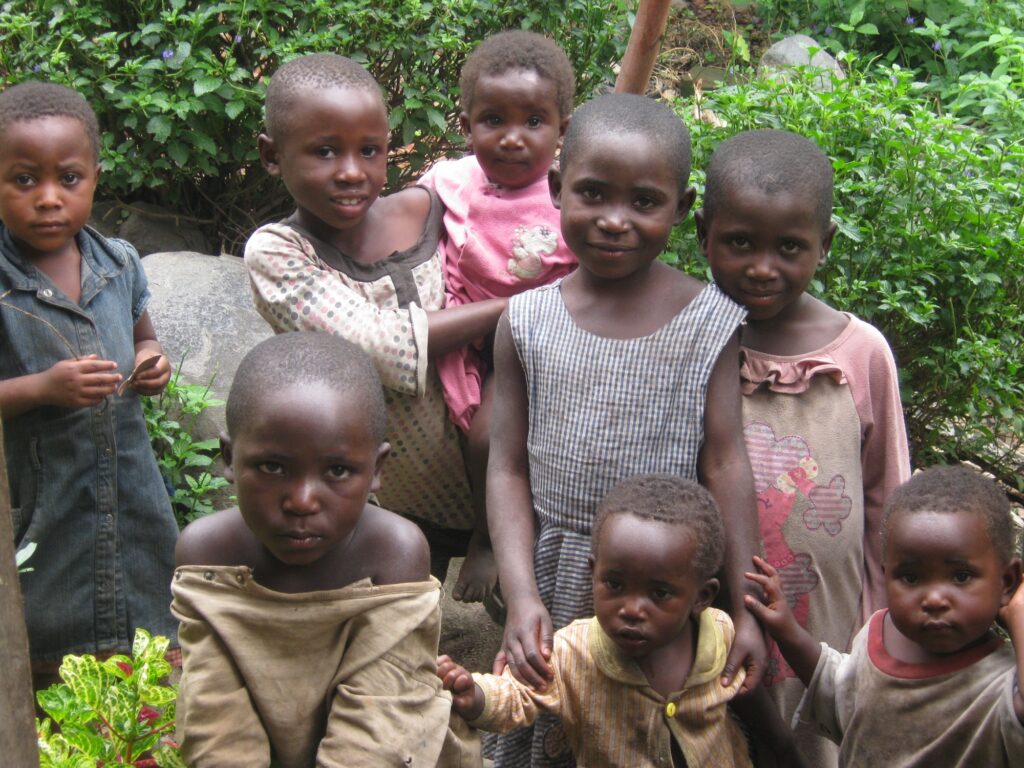
Some beneficiaries of the child sponsorship project have managed to go through college and have gotten decent jobs of their dream. This has set a pilot to prove that tourism resources and partnerships focused on education and skilling of the population, especially the young people, will quickly address poverty and the environmental degradation crisis that we are currently facing in the Rwenzori region.
Besides the level of success, the child sponsorship project is still facing a number of challenges that we feel if addressed will increase the level of success by close to 100%. The key challenges faced include;
- Increasing education costs while the sponsorship budget allocation has remained the low
- Special challenges facing the girl child and women in education have not been prioritized due to low budget
- The increasing number of needy children due to the extreme economic and climate trends
- The impact of covid19 pandemic both on the tourism businesses, the education sector, and the local livelihoods
Ruboni child sponsorship is considering a drive of resource mobilization and partnerships to address the above challenges. We are currently looking for sponsorship to support the project from all angles to see that we increase the amount of support available to the project. This support will be put towards different areas of development to sustainably raise resources for the child sponsorship project. The identified areas of focus include;
- Boosting the tourism project so that it can increase income and sustainably continue to contribute to the child sponsorship project
- Paying school fees and scholastics for the children in the different levels from primary school through college. We are also considering providing special education to the disabled and less talented children so that they can learn living skills without necessarily attaining high education
- Enterprise development for the households to enable them to improve their productivity while creating a learning avenue for the household members while rising the resources required for education and other basic needs. This will address poverty, suffering, and household conflicts; a key cause of lack of education among young children.
We appeal to our guests, friends, and other well-wishers to help RCCDP support child sponsorship through the above three approaches. For more information please contact us and talk to our project Director to discuss any opportunities. If you plan to visit the Ruboni community, please ask to have a brief meeting with our director to get first-hand information about the CSP.
How the child sponsorship project works
A child sponsorship committee has been selected from the community. This is also a subcommittee on the Ruboni Community Conservation and Development Program (RCCDP) board. This committee is headed by a child sponsorship coordinator as the secretary. The Child Sponsorship Project has a policy that guides the selection and enrolment of the beneficiaries. Upon acquisition of a new sponsor, the beneficiary of the sponsorship is selected from the list of applicants by the committee or chosen by the sponsor. The details of the beneficiary (Names, sex, photos, and parents’ names) are then shared with the sponsor. Every term, a report is made by the child sponsorship coordinator and shared with the project stakeholders including the sponsors.
The project has a separate bank account that receives all education funds from donors and tourism projects. 92% of the money is transferred directly to the school and about 8% is used on administration costs.
An MOU has been signed with the local secondary and primary schools where the children study, to regulate the provision of education services to the beneficiary children. Other children go to schools outside the Kasese district, including those going to college and universities. In this case, the project representative timely visits these learning institutions to monitor the welfare and performance of the beneficiary children.
Customized payment arrangements are made according to each sponsor. In Uganda, we have three terms for primary and secondary schools and two semesters for the universities and colleges. Generally, the sponsors are expected to send money to the CSP account to be used every term. However, some sponsors do choose to make one annual payment while others pay monthly or quarterly.
Children are being sponsored at all levels of education, though the highest percentage of beneficiaries is at the secondary and tertiary/ college levels. The majority of the children are sponsored in secondary school and a smaller number in college due to limited resources.
Payments and rates: Each term is equivalent to three months. This support is provided termly, three times a year. The amount paid every term depends on the school the child is going to. To give an idea, the school fees per child per year are as follows;
- Primary school ranges between 100Euros and 200Euros.
- Secondary school ranges between 130Euros and 350Euros
- College ranges between 350Euros to 500Euros
- University ranges from 600Euros and beyond, depending on the course being taken.
It is important to note that this is quoted for the current structure and fees can change without prior notice, and also, some schools or courses can be a lot higher based on choice and financial ability. However, the CSP ensures to put the children in affordable schools as much as possible, to maximize the benefits to a broader community. for the case of choosing your own child beneficiary, the parent may tell you the school fees rate, which has to be backed by an admission letter from the school, submitted to the child sponsorship project, and a copy given to the sponsor.
How you can be a Ruboni child sponsorship project sponsor
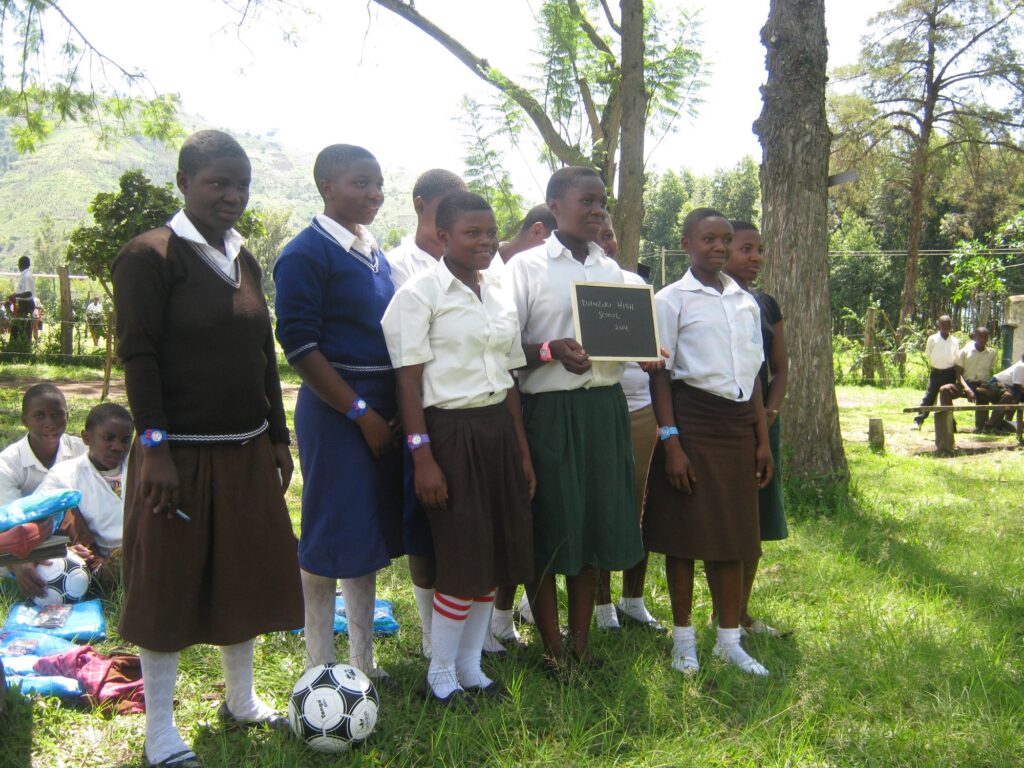
These are the four levels of partnership with the Ruboni Community Child sponsorship initiative;
1). Sponsoring a child of your choice
2). Make a monthly contribution to the CSP.
3). One-time contribution to the project.
4). Donating scholastics
Sponsoring a child of your choice: This level of sponsorship involves raising a given amount per term. The monthly amount can be determined by the sponsor. The contribution goes to the general account and is allocated to the children selected by the sponsor.
Making a monthly contribution to the Child sponsorship project: This contribution goes to the entire child sponsorship project pool. It is given to any child that has been approved to benefit from the project. This monthly contribution is used to subsidize the contribution from the local sources to cover the gaps due to the increased number of needy children and the costs of education.
One-time contribution to the project: This is a contribution that can be made at one time to support the activities of the project. The donor can choose to dictate which child or activity this money should be used, within the approved activities of the CSP
Provision of scholastics: The children being sponsored and other village children often need supplies of items such as pens, books, footballs, and mosquito nets, for a smooth learning environment. If you find availability or space for the scholastics, this helps to reduce the economic burden on the parents that have to create a budget for these essentials.
As we look forward to welcoming you onboard, you may be having any questions. For any other information, please contact us.

